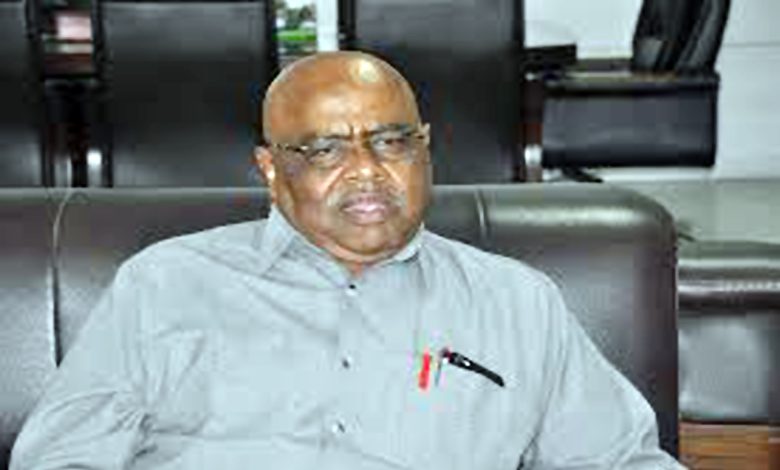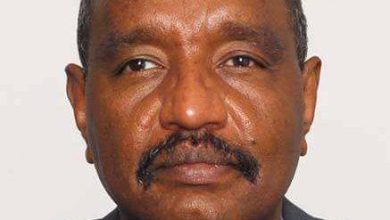The Return of the Paratroopers

By Dr. Abdelazim Awad
By the grace and mercy of God, Bahri has now come under the “shade”—a phrase that has become popular in these days of continuous victories by our great army, as it liberates cities and neighborhoods from the filth of the Dagalo militia.
The strategic importance of Bahri lies in its role as the cornerstone of the capital’s triangle—what was once known as the “Triangular Capital.” I am not sure why this name faded away, perhaps due to the massive expansion of the capital, which has grown far beyond its former triangular shape of the past, before its current “bulging” state.
Bahri is also the industrial hub of the capital, housing the largest industrial zone along its eastern side. Strategically, it serves as a direct gateway to central Khartoum. This has been demonstrated in recent events, as forces from Kadro, Halfaya, and Omdurman advanced toward military headquarters after joining forces with the signal corps lions and intelligence fighters stationed near the signal corps—a vital security unit. From there, they marched toward the army headquarters in Khartoum via the Blue Nile Bridge, which, for no apparent reason, has now been renamed the “Iron Bridge.” Despite this new designation, the original name, which dates back to the bridge’s inauguration in the early 20th century, remains ingrained in the collective memory.
For us, the people of Bahri—especially those living on its western side, from Hilla Hamad and Khogali through Sababi to Shambat Al-Hijra—the joy was immense, particularly with the liberation of the Paratrooper Camp (Al-Dhil, meaning “the shade”), along with neighboring landmarks such as the Abu Bakr Al-Siddiq Mosque (Al-Kowarta), the Colleges of Agriculture and Veterinary Science, and even the old ferry terminal that once connected Bahri to Omdurman. This was before the late days of Major General Abboud’s rule, when he generously gifted us the Shambat Bridge—constructed under his regime but inaugurated during the democratic period in 1968. Ironically, many major infrastructure projects are built by so-called dictatorial regimes, only for their benefits to be reaped by so-called democratic ones. This reminds me of Abdalla Hamdok, who, after spending his peculiar tenure without any notable achievements, went to “Street of Salvation” (Shari’ Al-Inqaz), renamed it, and re-inaugurated it amid a flurry of applause and chants of Madaniyaaa! (“Civilian rule!”).
Returning to the Paratrooper Camp, we, the people of Bahri, share deep memories and emotions connected to it, as its personnel have always been closely intertwined with the city’s residents due to its unique location on the Nile’s shore. I previously mentioned that this site was originally a farm owned by the Estefanos Mekar family. It was leased by the Italian company Riki, which was constructing the bridge at the time, to serve as temporary housing and offices. Later, the Khartoum Bahri Municipality responded to a request from the armed forces to allocate this exceptional location as the base for the newly established paratrooper unit, coordinating with the original landowners. Neither the municipality, the Estefanos family, nor any sorcerer of that time could have ever imagined that this beautiful and strategically located spot would one day fall into the hands of the Dagalo militia and their mercenary allies from the scattered Arab tribes. It became a disaster for Bahri, once an oasis of peace and security.
Thank you, our brave army, for restoring the Paratrooper Camp. By doing so, you have brought life back to Bahri.
(Published in “Sudanese Echoes”)



